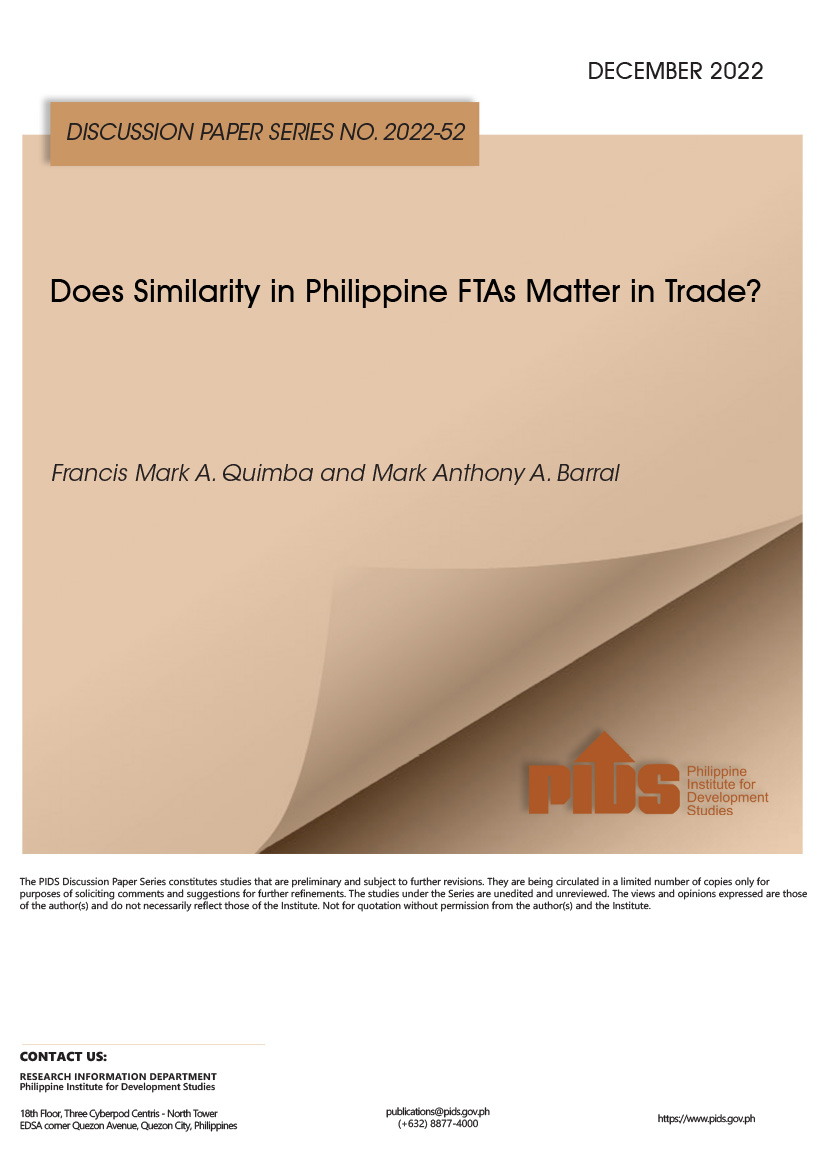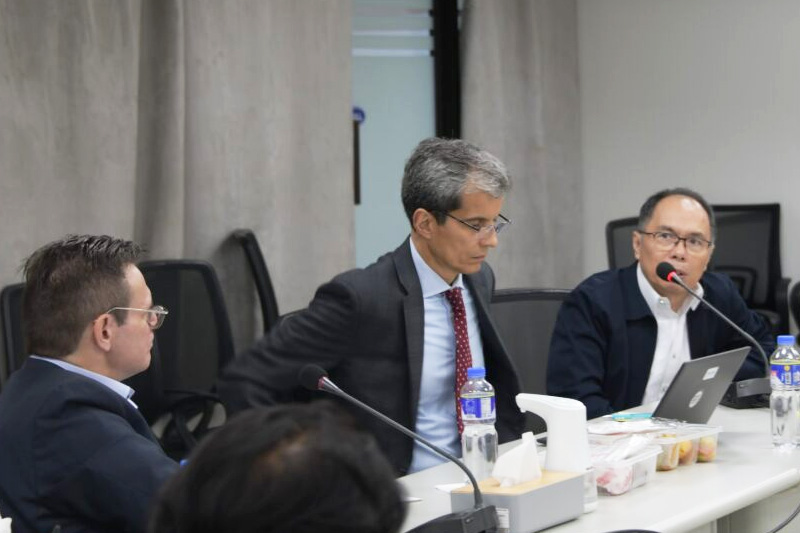Labor rigidities are a first order problem, that is, they are a principal binding constraint to employment and output growth. By labor rigidities, I mean minimum wages that are unrelated to productivity and are inflexible downwards, and labor security rules that make it difficult to fire employees.
If a presidential candidate tells the voters that he or she will solve the lack of inclusive growth by investing more in infrastructure, he or she just wants to give a safe and popular answer but is being inaccurate.
Sure, improving infrastructure will slightly lower the cost of doing business -- the cost of employees being late and tired from commuting or delays in shipment from the ports -- but it’s won’t do anything about attracting and keeping labor-intensive industries or incentivizing small and medium enterprises to hire more robustly. It’s only by promoting labor-intensive industries can we make a significant dent in our unemployment rate, the highest in Southeast Asia.
For labor-intensive industries, labor cost can be as much as 90% of total cost. Our high power cost is not a deterrent because for this type of industries, power accounts for only about 3% to 5% of total cost.
With these labor rigidities, investors won’t locate here, especially when there are options to set up shop in Vietnam or Indonesia, where labor costs are cheaper. While indeed English proficiency gives our workers an advantage, it isn’t enough to offset costs associated with labor rigidities. China has succeeded in attracting a lot of foreign investments in manufacturing and achieving rapid industrialization without an English-speaking labor force because they had cheap labor due to flexible labor rules and a devalued currency.
Likewise, rigidities in other sectors of our economy -- for example, an employer can’t directly import cheap rice from Vietnam to feed his workers -- make establishing labor-intensive industries here daunting.
So, what do we do? Buy the lie that higher infrastructure spending is the magic elixir for inclusive growth?
Obviously, it would be politically impossible to repeal the minimum wage law. The ideal solution would be to modernize the labor code, but short of that, what may be politically feasible?
Dr. Gerardo P. Sicat, the first socioeconomic planning secretary and National Economic and Development Authority director-general, suggests the establishment of "labor ecozones,” where minimum wages and labor security rules are suspended, to attract labor-intensive industries (the Secretary of Labor has the power to suspend minimum wages). These can be located in labor-surplus areas, for example, Region VIII, which had been devastated by Typhoon Yolanda, or in areas like Calauan, Laguna where informal settlers who have been resettled but have no jobs.
However, the government must build support infrastructures like ports and maybe even factory buildings where manufacturers can just move in with sewing machines or light machinery.
A further suggestion is for some form of targeted wage subsidy. If the government is spending for the Conditional Cash Transfer, the thinking goes, why not go further and subsidize employment, maybe even for a few years? In Singapore, they have no minimum wages but have some form of targeted subsidies to encourage employment.
Another suggestion is to pass the Apprenticeship bill, which would have more flexible rules for apprentices. However, the current apprenticeship law limits apprenticeship to just six months and only for technical industries. There’s a need to change the law for apprenticeship to cover all industries and to extend the period to at least two years. During their period of apprenticeship, apprentices can be paid lower than the legal minimum wage (the proposal is at 75%) and they won’t have the same labor security protections as regular workers.
If passed, this is a win-win law. Apprentices will be paid while learning on the job. Six months is too short for learning. Two years should be a more reasonable period for apprentices to acquire skills, increase their productivity, and give employers enough time to decide whether to regularize them or not. At the very least, apprentices will build a resume.
Under the current law, employers lose a lot when they pay workers minimum wages and train them -- only to have them bolt aftwerwards for another company.
Another excellent proposal is the Job Start Act, sponsored by Davao City Congressman Karlo Alexei B. Nograles, chairman of the Labor Committee in the House.
Under the Jobstart program, candidates who are 18 to 24 years old and are currently unemployed or enrolled in school, who have less than one year of work experience and are high school graduates, will be given a three-month technical skills training and a P200 daily allowance. Those who have completed the internship can be employed by participating companies at 75% of the legal minimum wage.
It’s not true that workers who are not being paid the legal minimum wage are being "exploited.” First a low-paying job is better than no job at all. Second, if wages are tied to productivity, there’s greater likelihood that most members of a household will become employed. Their total household income would likely be greater than having just a single male being employed at the legal minimum wage. Third, once a worker gets employed, he can gain valuable skills on the job and increase his productivity. He can then have the option to move to another employer who will pay him a wage commensurate to his productivity, or he can even move to another country. On the other hand, if he’s not employed at all, there’s zero chance he will gain work-related job skills.
Also, let me quote the excellent study on "Labor Policy Analysis for Job Expansion and Development” by Drs. Paqueo, Orbeta, Lanzona, and Dulay of the Philippine Institute for Development Studies:
"...minimum wages do have substantial negative impacts on household economic welfare. These are reflected in the income and poverty status of households. These are also indicated by the lower employment of individuals with low human capital (e.g. the young, the experienced, the less educated and women). Support for these findings is further strengthened by statistical results showing significant damaging effects of minimum wages on demand for workers by small-scale enterprises. The foregoing observations are perhaps only the tip of the iceberg.”
Labor rigidities are a first order problem and there’s no going around it. This binding constraint must be solved if we want inclusive growth.
It’s understandable for a presidential candidate to play safe and be uncontroversial by saying he or she will increase infrastructure spending or reduce corruption to increase jobs and investments. But if that candidate really believes that and only that, then he or she doesn’t understand what it takes to achieve inclusive growth.
Calixto V. Chikiamco is a board director of the Institute for Development and Econometric Analysis.
idea.introspectiv@gmail.com
www.idea.org.ph








